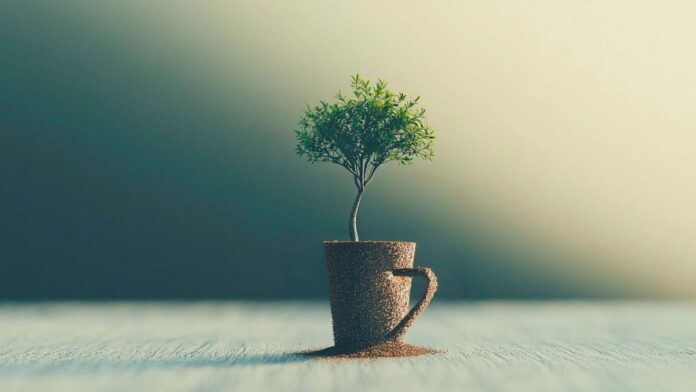Introduction to Sustainable Innovation
For centuries, people used coffee grounds to read the future, but now, scientists are exploring how to turn organic waste into biodegradable packaging and new building materials. The key ingredient in this innovative process is mycelium, the underground root-like structure of fungi. Mycelium is a dense network of fungal threads that grows naturally beneath the soil and can be fed with organic waste, such as sawdust, cardboard, or coffee grounds, to form lightweight, fibrous structures.
What is Mycelium?
Mycelium is a biological curiosity that has become a rising star in the search for sustainable alternatives to plastics and synthetic foams. It has a low carbon footprint and is naturally biodegradable, making it an attractive option for companies looking to reduce their environmental impact. When mycelium is fed with organic waste, it forms structures that, once dried, behave like polystyrene or even leather.
From Mushroom to Material: Merging Mycelium with 3D Printing
At the University of Washington’s Center for Digital Fabrication, researchers have taken the concept of mycelium a step further by integrating it with 3D printing. This method prints flexible scaffolds that fungi can colonize, resulting in compostable components with tailored geometries. The process begins with a gel-like ink that includes nutrients and organic waste, mainly coffee grounds and rice flour. The printed structure guides the growth of the fungi, which spread along the patterned lines and take over the entire form within five days.
Applications of 3D-Printed Mycelium
This method offers a scalable and adaptable way to produce biodegradable objects, enabling localized manufacturing. Any community with access to organic waste and a basic 3D printer could produce sustainable materials on demand. The resulting materials can be rigid, elastic, or moisture-resistant, depending on the fungus strain and the chosen substrate. This adaptability opens doors for applications across packaging, industrial design, construction, and even fashion. Some prototypes include protective packaging for glassware and decorative vases.
Mycotecture: The Precedent Set by the Construction Industry
The use of mycelium as a construction material has a longer history, with the concept of "mycotecture" inspiring experimental designs where fungi replace bricks. These "living bricks" are grown, not fired, using agricultural waste such as corn husks or hemp stalks. Architect Phil Ross has developed interlocking blocks suitable for temporary shelters, acoustic panels, or decorative features. Mycelium holds promise not only as a plastic alternative but as a low-impact building solution in a sector known for heavy resource use.
The Future of Sustainable Materials
Beyond its ecological credentials, mycelium is easy to grow, requires little energy, and can adapt to diverse environments without extensive infrastructure. However, growth takes time, and the final product is typically less durable than traditional materials. Despite these drawbacks, mycelium has the potential to revolutionize the way we think about sustainable materials and construction. As research continues to advance, we can expect to see more innovative applications of mycelium in various industries.
Conclusion
The use of mycelium in sustainable innovation is a promising development that could have a significant impact on reducing waste and promoting eco-friendly practices. By harnessing the power of fungi, scientists and designers are creating new materials and products that are biodegradable, sustainable, and adaptable. As this technology continues to evolve, we can expect to see more exciting applications of mycelium in the future, from packaging and construction to fashion and beyond.

